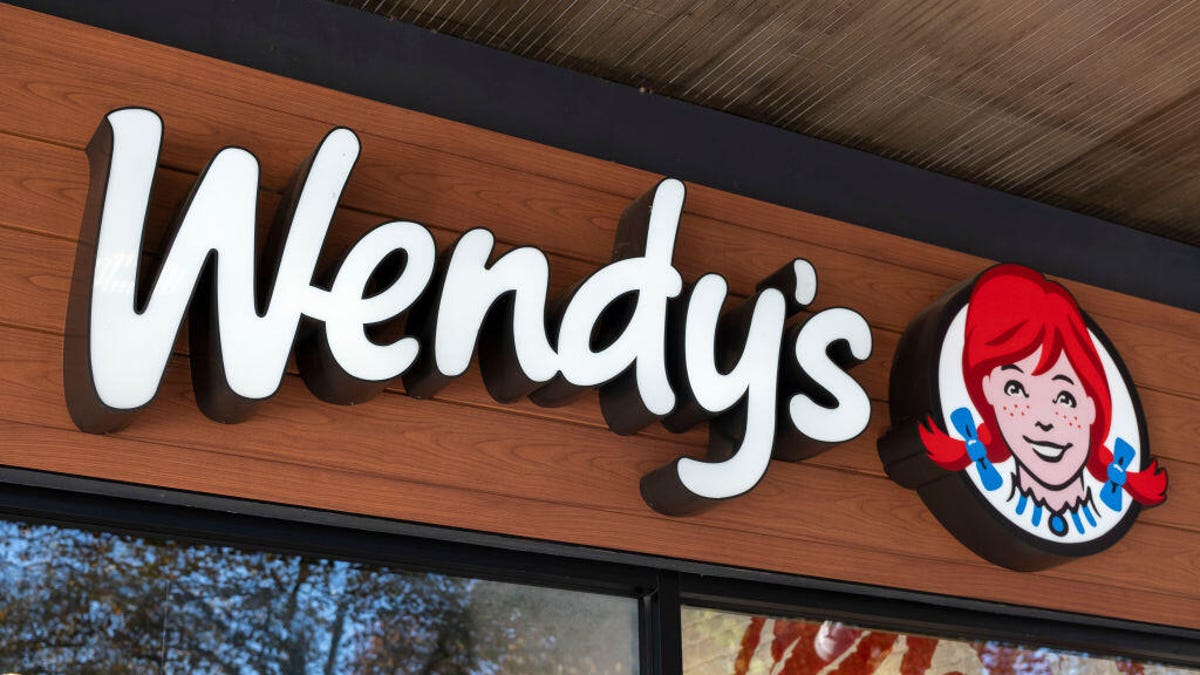Wendy's Says No to Surge Pricing, but Yes to AI. Here Are the Key Takeaways
Let's ketchup: The fast-food chain is backing away from a statement its CEO made on an earnings call.

Come on, make a "where's the beef?" joke. You know you want to.
Fast food inflation is definitely real, but is Wendy's really going to set up surge pricing next year -- meaning charging more for food at certain times of day -- as several media outlets have reported? According to a company spokesperson, no, and it's all a big misunderstanding.
The beef began when Kirk Tanner, Wendy's president and CEO, mentioned the phrase "dynamic pricing" during an earnings call on Feb. 15.
"Beginning as early as 2025, we will begin testing more enhanced features like dynamic pricing and day-part offerings along with AI-enabled menu changes and suggestive selling," Tanner said, according to a transcript of the call that was made public.
In case you don't speak corporate restaurant-ese, "day-part offerings" means promoting certain items at certain times of the day. But it was the mention of dynamic pricing, which was translated by many media outlets into surge pricing, that really served up controversy.
Surge pricing vs. dynamic pricing
The two phrases mean slightly different things, though both refer to flexible pricing. Generally, dynamic pricing refers to prices that go up, but also down, depending on demand. Surge pricing is a form of that pricing where the prices are only adjusted upward.
Surge pricing is common in rideshare apps like Uber and Lyft, with in-demand concert tours and even with hotel rooms and airplane seats. But it hasn't been seen in a fast-food context before.
After the CEO's quotes were publicized, news outlets around the country reported that Wendy's was going to use surge pricing, rather than dynamic pricing, which is actually what Tanner said. "Wendy's wants to bring Uber-like surge pricing to your burgers," Fast Company reported.
Then Wendy's representatives spoke up to say that wasn't exactly what their CEO meant.
"Wendy's will not implement surge pricing, which is the practice of raising prices when demand is highest," Wendy's Vice President Heidi Schauer said in a statement sent to CNET that's also posted on Wendy's website. "We didn't use that phrase, nor do we plan to implement that practice."
That statement didn't stop Wendy's competitor Burger King from poking fun at its rival.
"The only thing surging at BK is the 🔥," the company said on X, invoking the fire emoji. "We don't believe in charging people more when they're hungry."
Digital menu boards and AI
But Wendy's is still moving ahead with some technical changes regarding prices. The statement said that the chain is investing in digital menu boards for its locations in the US that will make changing prices (up or down, presumably) easier.
"Digital menuboards could allow us to change the menu offerings at different times of day and offer discounts and value offers to our customers more easily, particularly in the slower times of day," the statement reads.
And artificial intelligence is also on the menu. On the earnings call, Tanner said the company already has rolled out what he called "Wendy's Fresh AI" in some restaurant locations. He said the company is seeing "ongoing improvement in speed and accuracy" with regards to the AI use.
According to Food & Wine, Wendy's will use AI to suggest menu changes on those digital boards, due to external factors such as the weather. Maybe: It's cold out, so hype the hot chili?
Wendy's didn't elaborate on its use of AI.
Editors' note: CNET is using an AI engine to help create some stories. For more, see this post.